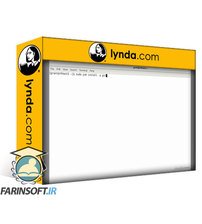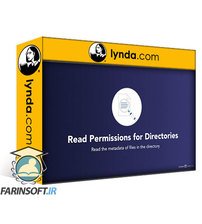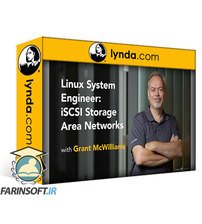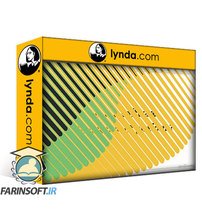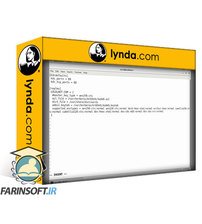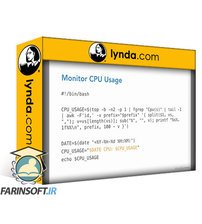جمع جزء: 945,000 تومان
- × 1 عدد: Birthing YOUR Way, A Mindful Guide to Navigating Labor - 189,000 تومان
- × 1 عدد: آموزش CRM سازی بوسیله SAP Netweaver - 189,000 تومان
- × 1 عدد: Fundamentals of Citrix Virtual Apps and Desktops - 189,000 تومان
- × 1 عدد: ساخت یک صفحه Splash برای منوی بازی ها و App های موبایل با فتوشاپ - 189,000 تومان
- × 1 عدد: AIRBNB - Learn the INs and OUTs needed to be successful - 189,000 تومان




